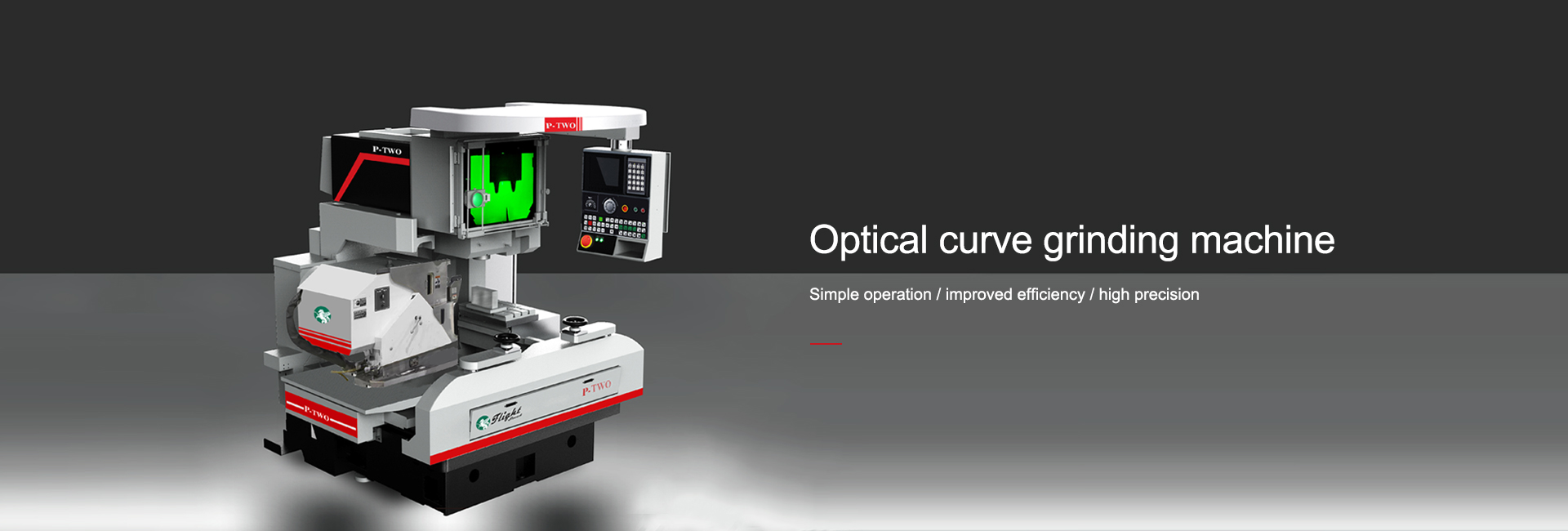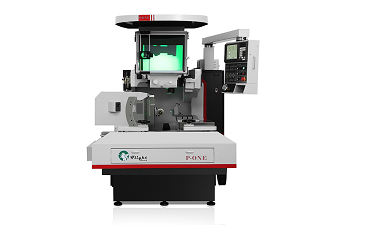

Grinding machines are precision equipment for performing fine processing on the surfaces of parts, especially hardened workpieces. The grinding machines mainly used in mold processing are surface grinding machines, universal internal and external cylindrical grinding machines, and coordinate grinding machines (PG optical curve grinding machines).
The small grinding machine is mainly used for processing small-sized mold parts, such as precision inserts, precision mold cores, sliders, etc. Large water grinding machines are often used for processing larger-sized templates. Nowadays, the high-speed movement of grinding wheels and worktables in surface grinding machines has become a common trend. Due to the adoption of advanced functional component technologies such as linear guides, linear motors, and hydrostatic lead screws, the movement speed has greatly improved. Additionally, the grinding wheel dressing technology has been continuously refined. The vertical feed rate of the grinding head can be as low as 0.1μm, the surface roughness of the ground surface Ra is less than 0.05μm, and the processing accuracy can be controlled within 1μm, achieving ultra-precision grinding processing.
The advanced grinding machine equipment manufacturers abroad are represented by the Slefulin Group, which has successively acquired many of the world's top grinding machine manufacturers. Including STUDER, BLOHM, MAEGERLE, JUNG Company, SCHAUD, MIKROSA, EWAG and WALTER. The various well-known enterprises under Slefulin produce different types of grinding machines and can provide comprehensive grinding solutions. Most domestic precision mold factories use Japanese surface grinding machines in surface grinding, such as Okamoto grinding machines from Japan.
For mold rotary body parts with high precision requirements and good surface finish, even complex curved surface parts, high-precision cylindrical grinding machines are needed to complete them, such as the Haf insert parts of preform injection molds. Grinding with a high-speed rotating grinding wheel can process materials with high hardness, such as hardened die steel and cemented carbide. The Swiss Stust universal internal and external cylindrical grinding machine is designed for the grinding of medium-sized single components and batch workpieces, and is suitable for customizing solutions based on individual needs (external cylindrical grinding, non-circular form grinding, thread grinding, internal cylindrical grinding).
Optical curve grinding machines can grind holes with very high hole pitch accuracy and various contour shapes. The processing is carried out in conjunction with a plotter. The plotter sketches the graphics to be processed onto the film, which is then attached to the projection screen and corrected. The processor will perform the forming processing based on the shapes on the film. Optical projection grinding is suitable for the forming grinding of high-hardness materials, such as tungsten steel parts or hard alloy workpieces, and occasionally some high-speed steel workpieces. Generally, it is used to process parts such as cutting edges and punches for connector dies, terminals, precision half-stroke punches, lower die inserts and discharge plate inserts, etc.
Some well-known optical curve grinding machines include HAUSER from Switzerland, MOORE from the United States, and AMADA from Japan. The maximum spindle speed of the AMADA optical curve grinding machine from Japan can reach 30,000 RPM. The processing accuracy is within 2μm. The minimum internal R Angle processed is R0.03mm, and the external R Angle is R0.02mm. The thinnest part of the processed special-shaped punch can reach 0.06mm. The depth-to-diameter ratio of the processed grooves is approximately 2:1. The surface roughness Ra can reach 0.025μm.